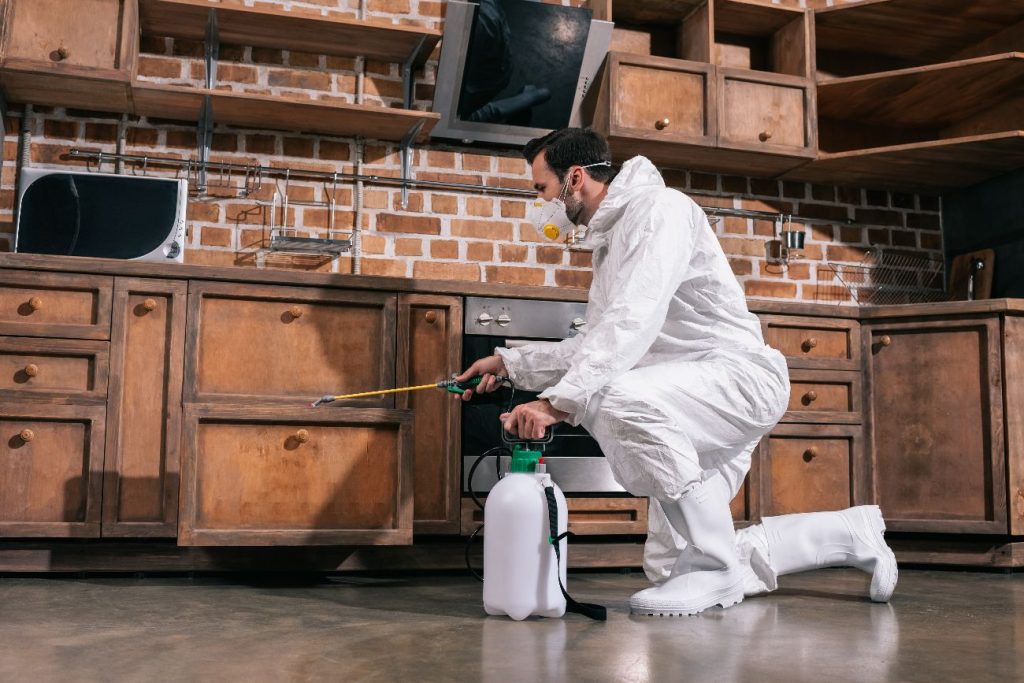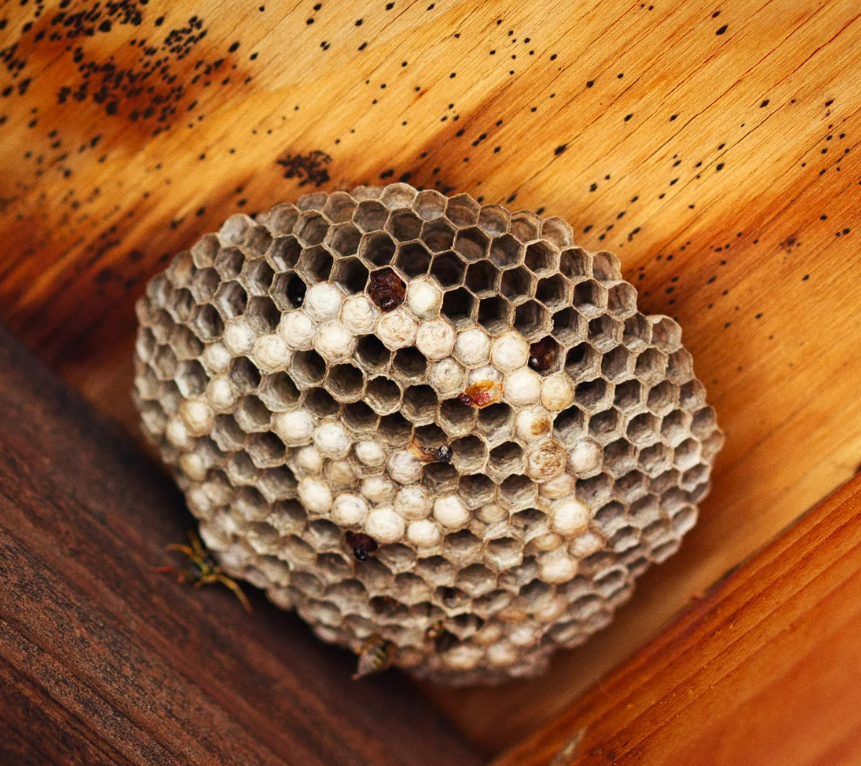Most homeowners never see them coming. Termites work silently behind your walls, under your floors, and inside your support beams. By the time you notice the damage, these tiny destroyers have already cost you thousands of dollars.
Each year, termites cause about $30 billion in damage to crops and man-made structures across the United States. A homeowner ignoring termite damage will spend an average of $3,000 to repair the damage. But the financial impact goes far beyond repair bills.
The Silent Invasion Starts Small
Termite colonies typically take more than five years to grow to a size capable of causing damage. This slow growth creates a false sense of security. Your home might harbor termites for years before you spot any warning signs. Working with a professional pest control company like Cedar Hill Pest Control helps catch infestations early through regular inspections and preventive treatments.
A termite queen can live 15 to 25 years and lay an egg every 15 seconds. One small termite colony of 60,000 can eat a 2″ x 4″ piece of wood in just five months. These statistics show why waiting to address termite problems becomes so costly.

Your Property Value Takes a Major Hit
The damage to your wallet extends beyond repair costs. Homes with a history of ignoring termite damage typically see a 20-25% decrease in property value. In today’s market, where the average home value in North Carolina exceeds $300,000, this could mean a reduction of $60,000 or more in your sale price.
Here is why buyers avoid homes with termite history:
- Fear of recurring infestations
- Concerns about hidden structural damage
- Difficulty securing mortgages from lenders
- Higher insurance premiums or coverage denials
Wood Destroying Insect (WDI) Reports have become a required document for most mortgage lenders. A negative report can derail your entire sale or force you to accept a much lower offer.
Structural Damage Compounds Over Time
Termites attack the bones of your home. Subterranean termites are the most destructive type, often requiring extensive repairs that can cost $3,000 to $10,000 or more. Formosan termite colonies are larger than other types and can cause damage at a faster rate.
Experts estimate a Formosan termite colony can cause extensive damage to a home in less than six months in locations with ideal climate conditions. If a Formosan termite infestation goes unnoticed in a very warm, moist climate, a home can face severe damage in approximately two years.
Common areas where termites cause expensive damage include:
- Load-bearing beams and support structures
- Floor joists and subflooring
- Wall studs and framing
- Attic rafters and roof decking
- Window and door frames
Insurance Won’t Save You
Many homeowners discover too late that their insurance provides no safety net. Most homeowners insurance policies explicitly exclude termite damage, considering it preventable with proper maintenance. You bear full responsibility for all treatment and repair costs.
Termites cost U.S. property owners over $5 billion dollars each year, affecting around 600,000 residential homes. According to the United States Department of Agriculture (USDA), U.S. residents spend at least $1 billion on Formosan termite control and repairs each year alone.
Early Warning Signs You Can’t Afford to Miss
Catching termite activity early saves thousands in repairs. Watch for these indicators:
- Hollow-sounding wood – Tap on wooden surfaces to check for internal damage
- Mud tubes – Pencil-thin tunnels along walls or foundations
- Bubbling paint – Moisture from termite activity causes paint to blister
- Discarded wings – Found near doors and windows after swarming season
- Frass – Termite droppings that look like sawdust piles
Professional termite protection plans cost approximately $300-$800 annually, depending on your home’s size and construction. Compare that to repair costs that frequently exceed $3,000, and prevention becomes the clear winner.

Geographic Risk Factors Keep Rising
Termites thrive in hot and humid environments, making them most prevalent in Southern states like Florida, Texas, Alabama, and Georgia. But climate patterns are shifting termite territories.
New York reached the number four spot on Orkin’s 2024 list of termite-infested cities, rising five places from the year prior, while Philadelphia jumped 10 spots to sixth place. Studies suggest termite territories could expand by as much as 30 percent of their current range due to warming temperatures.
Let’s break it down by region:
- High-risk states: Florida, Georgia, South Carolina, Texas, Alabama
- Growing risk areas: North Carolina, Virginia, Tennessee, Arkansas
- Expanding territories: Parts of New York, Pennsylvania, New Jersey
The Real Cost of Waiting
Beyond immediate structural repairs, ignoring termite damage creates cascading financial effects including decreased property value, increased utility bills from damaged insulation, temporary relocation expenses during repairs, and potential mold remediation costs.
According to researchers at North Carolina State University, termites can cause appreciable damages to a home within three to eight years. The longer you wait, the more expensive the problem becomes.
Professional Treatment Makes Financial Sense
Early intervention prevents the typical 20-25% property value loss associated with termite damage while maintaining home insurability and preserving structural integrity. Early detection and treatment typically save 50-75% compared to delayed response scenarios.
Professional pest control companies use advanced detection methods:
- Moisture meters to find problem areas
- Infrared technology to detect hidden colonies
- Thorough crawl space assessments
- Soil treatment barriers
- Bait station systems
Taking Action Today Protects Tomorrow
A termite infestation can go unnoticed for years, silently destroying your home while damage costs skyrocket. Every month you delay increases both treatment costs and property damage.
Schedule annual professional inspections to catch problems early. Address moisture issues immediately, as damp conditions attract termites. Remove wood debris from around your property. Install proper ventilation in crawl spaces and basements.
Professional termite protection offers more than just treatment through regular inspections that catch problems before damage occurs. A formal inspection and treatment record from a professional also reassures future buyers and protects your investment.
Next Steps
Your home represents your largest financial investment. The U.S. Department of Agriculture estimates the annual cost of termite damage nationwide ranges between $1 billion and $7 billion. Don’t become part of this statistic.
Contact a qualified pest control professional today for a thorough inspection. Ask about preventive treatment options and warranty programs. Document all inspections and treatments for future reference. Stay vigilant for warning signs year-round.
The cost of prevention pales in comparison to the expenses of extensive termite damage. Protect your property value, avoid massive repair bills, and maintain your home’s structural integrity by addressing termite risks before they become disasters. Your future self and your bank account will thank you.





